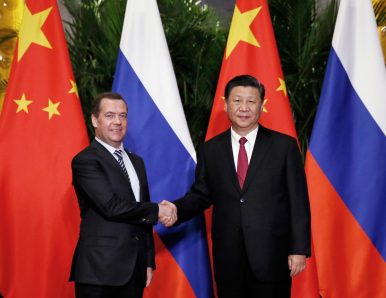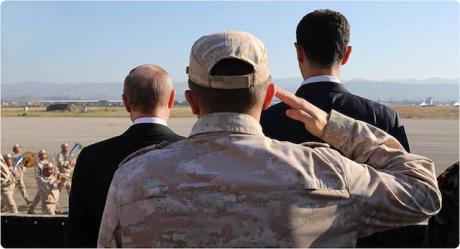(The Diplomat) “Synergizing” China’s Belt and Road Initiative (BRI) and Russia’s Eurasian Economic Union (EAEU) remains in the rhetoric of both sides, most recently while Russian Prime Minister Dmitry Medvedev was in Beijing for the 23rd China-Russia Prime Ministers’ Regular Meeting. His Chinese counterpart, Li Keqiang, according to the Chinese Foreign Affairs Ministry summary, said that “China will synergize the Belt and Road Initiative and the Eurasian Economic Union.”
Medvedev was also in Beijing to be a guest of honor at China’s first International Import Expo (CIIE). The readout of his meeting with Chinese President Xi Jinping didn’t mention the EAEU but did stress cohesion between China and Russia. […]
Arguably the entire point of touting the linkage of the BRI and the EAEU has been political. Nargis Kassenova, a senior fellow at Harvard University’s Davis Center for Russian and Eurasian Studies, argued as much in a recent piece for the Foreign Policy Research Institute. In March 2017, she notes, “the Eurasian Economic Commission prepared a list of 39 priority projects to support the linkage, including building new roads, modernizing existing ones, creating logistics centers, and developing transport hubs.” The list was not made public but among the projects cited by officials as on the list — the Western Europe-Western China motorway, Moscow-Kazan high-speed railway, and China-Kyrgyzstan-Uzbekistan railway — Kassenova writes, progress is slow and EAEU involvement questionable.
“Such shallow progress in linking the EAEU and BRI indicates that its function is mostly rhetorical, signaling the intention of Russia and China to accommodate each other’s ambitions in Central Asia,” Kassenova writes. Central Asian states, certainly aware of the risks of dealing bilaterally with China, see few other options. Russia can’t provide the economic development support they require, and China can.
Read More © The Diplomat











